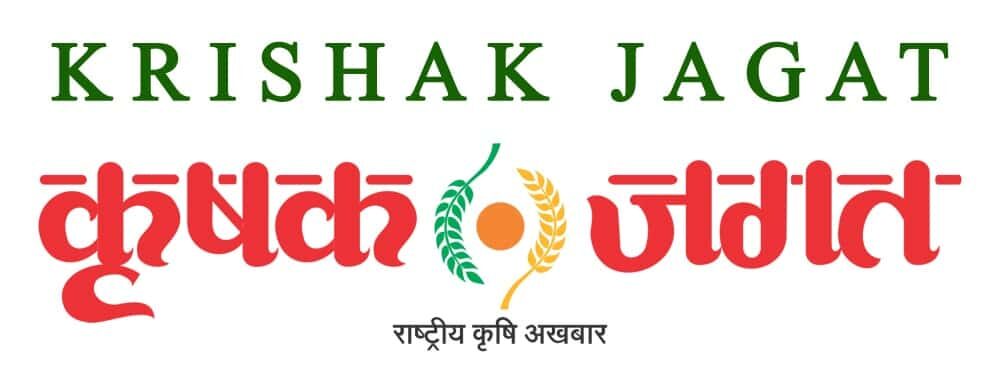NABARD Launches Climate Strategy 2030 on World Earth Day
30 April 2024, New Delhi: In a significant stride towards sustainable development, NABARD unveiled its Climate Strategy 2030 document on the occasion
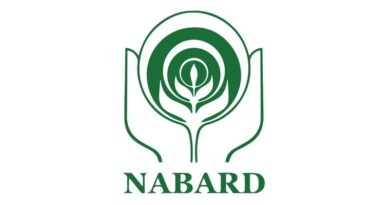
30 April 2024, New Delhi: In a significant stride towards sustainable development, NABARD unveiled its Climate Strategy 2030 document on the occasion

30 April 2024, New Delhi: In a significant stride towards sustainable development, NABARD unveiled its Climate Strategy 2030 document on the occasion

30 April 2024, Rome: Director-General QU Dongyu and Ambassador Michele J. Sison, Assistant Secretary of State for International Organization Affairs, met today
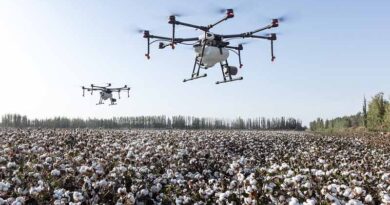
30 April 2024, New Delhi: The Ministry of Agriculture and Farmers Welfare, Department of Agriculture & Cooperation and Farmers Welfare (Plant Protection
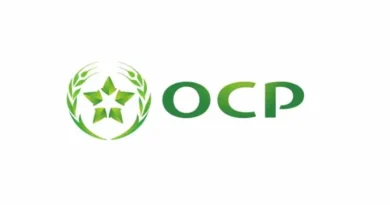
27 April 2024, Africa: On the occasion of the visit to Morocco on 25-26 April by Bruno Le Maire, France’s Minister of
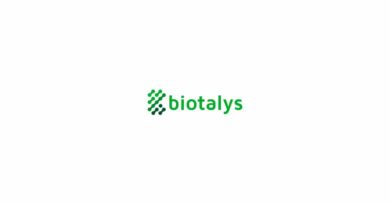
Agricultural executive with global financial and commercial expertise 30 April 2024, Belgium: Biotalys (Euronext – BTLS), an Agricultural Technology (AgTech) company developing
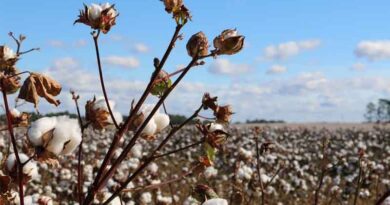
Guest Author: Raghavan Sampathkumar, Executive Director, Federation of Seed Industry of India (FSII) 26 April 2024, New Delhi: India needs to focus
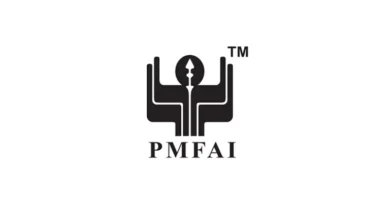
30 April 2024, New Delhi: The Pesticides Manufacturers & Formulators Association of India (PMFAI), a national association representing the Agrochemical Industry, has
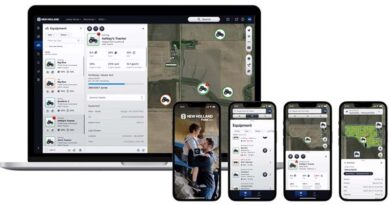
30 April 2024, Brazil: At Agrishow 2024 New Holland is presenting FieldOps™, a versatile and easy-to-use farm management web and mobile platform available for
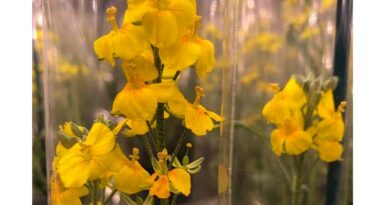
30 April 2024, Washington: Researchers have discovered a new mechanism of oil biosynthesis and found a way to genetically engineer a type
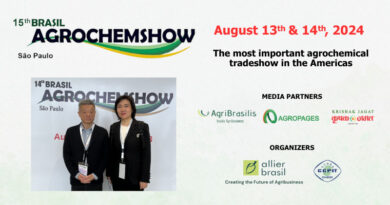
11 April 2024, Brazil: AllierBrasil has announced its highly anticipated 15th Brasil AgrochemShow. Taking place on the 13th and 14th of August 2024 in São Paulo,
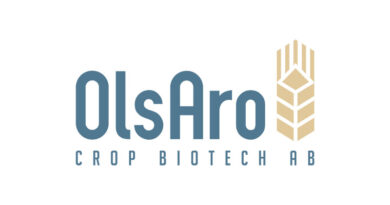
20 April 2024, Sweden: OlsAro, a Swedish agtech startup developing crop varieties that are resilient to environmental stressors, has raised a €2.5 million

26 April 2024, Switzerland: A recent paper from the FiBL Switzerland demonstrates that organic production systems in the tropics are as profitable
